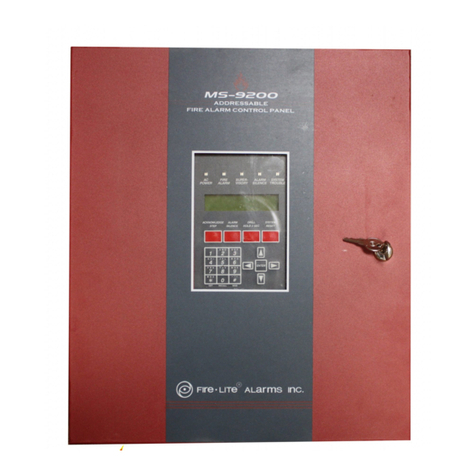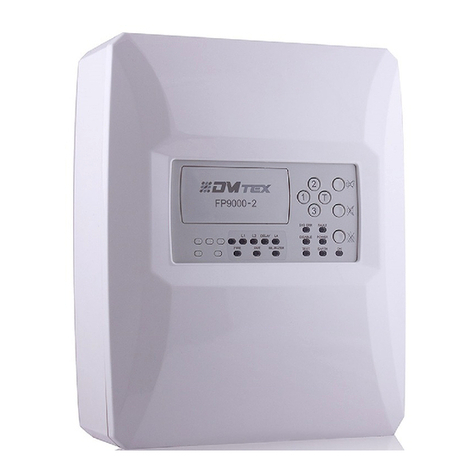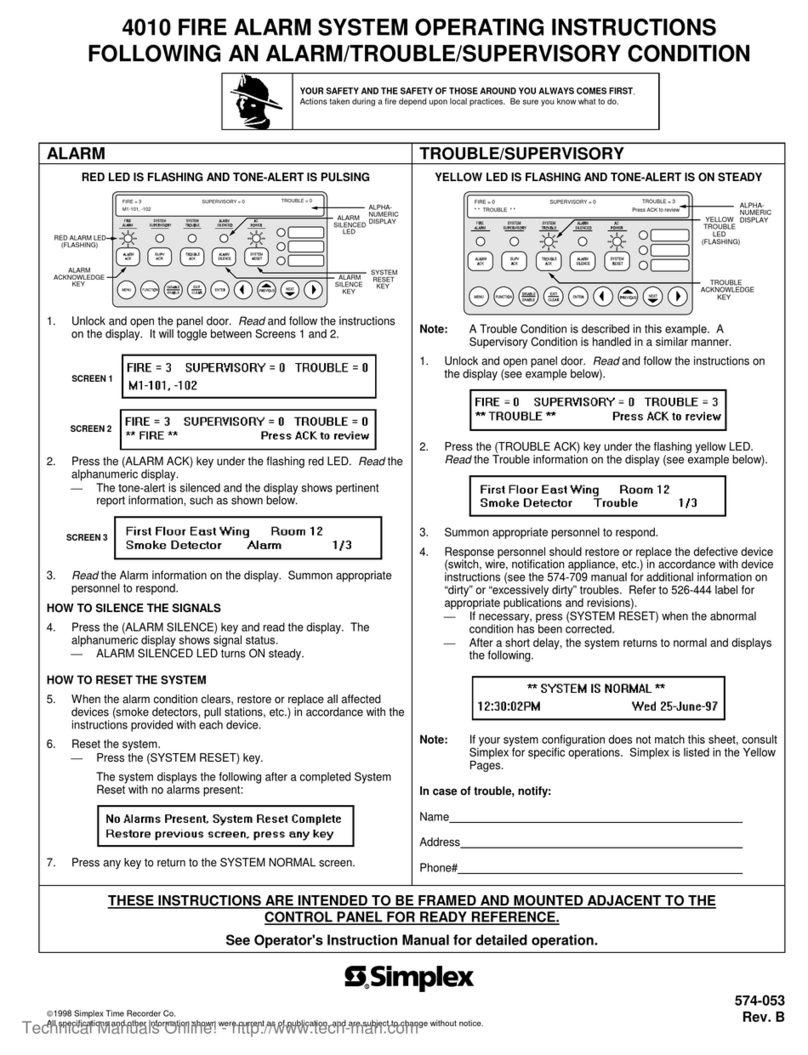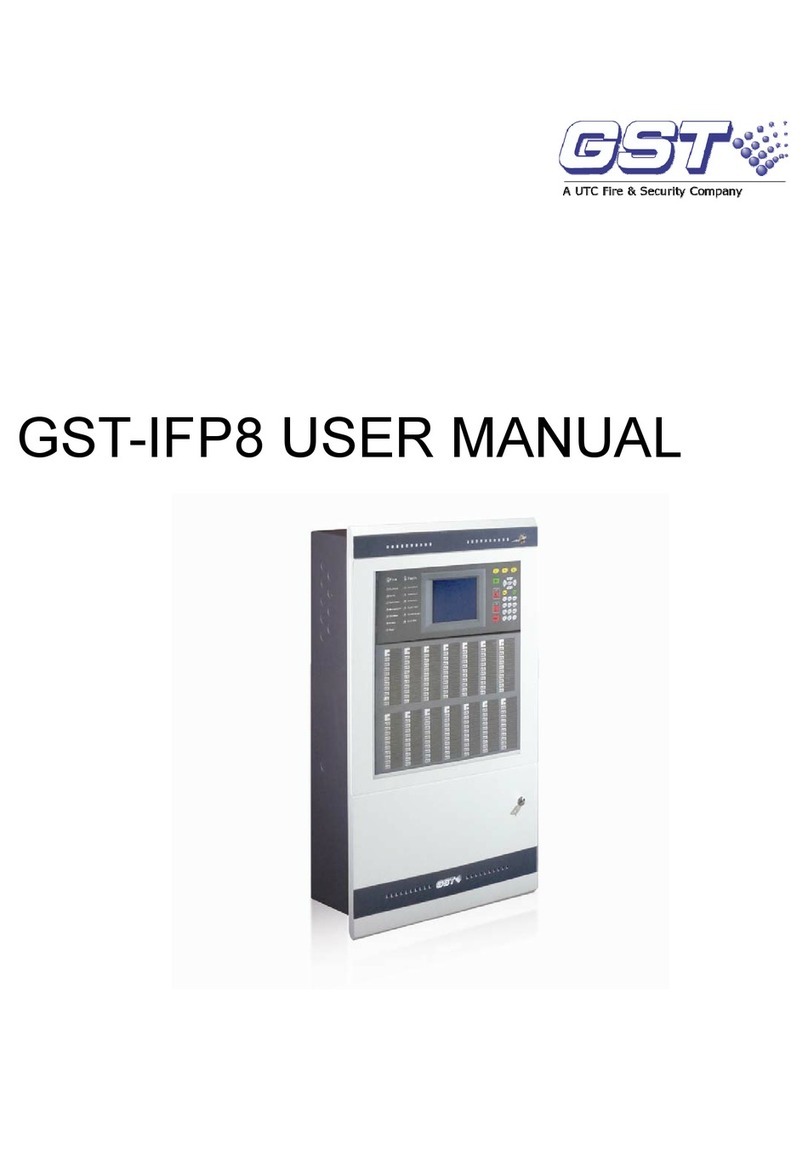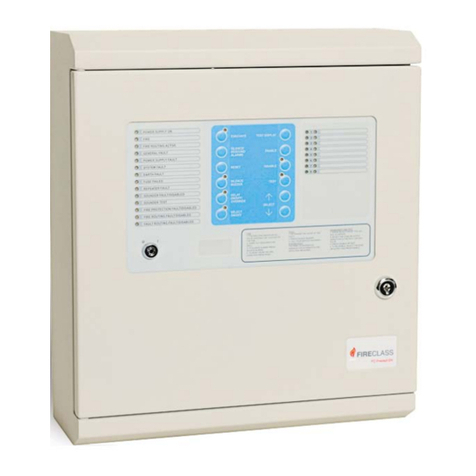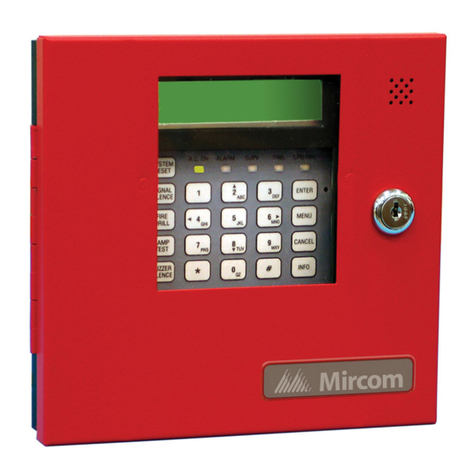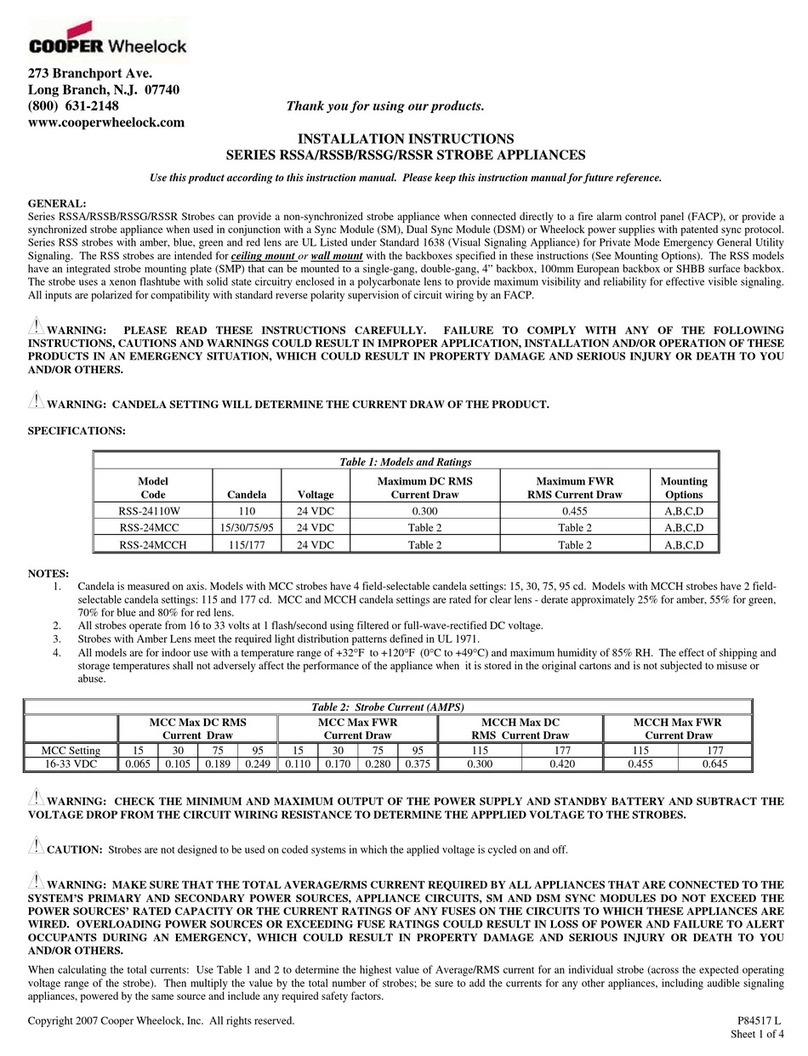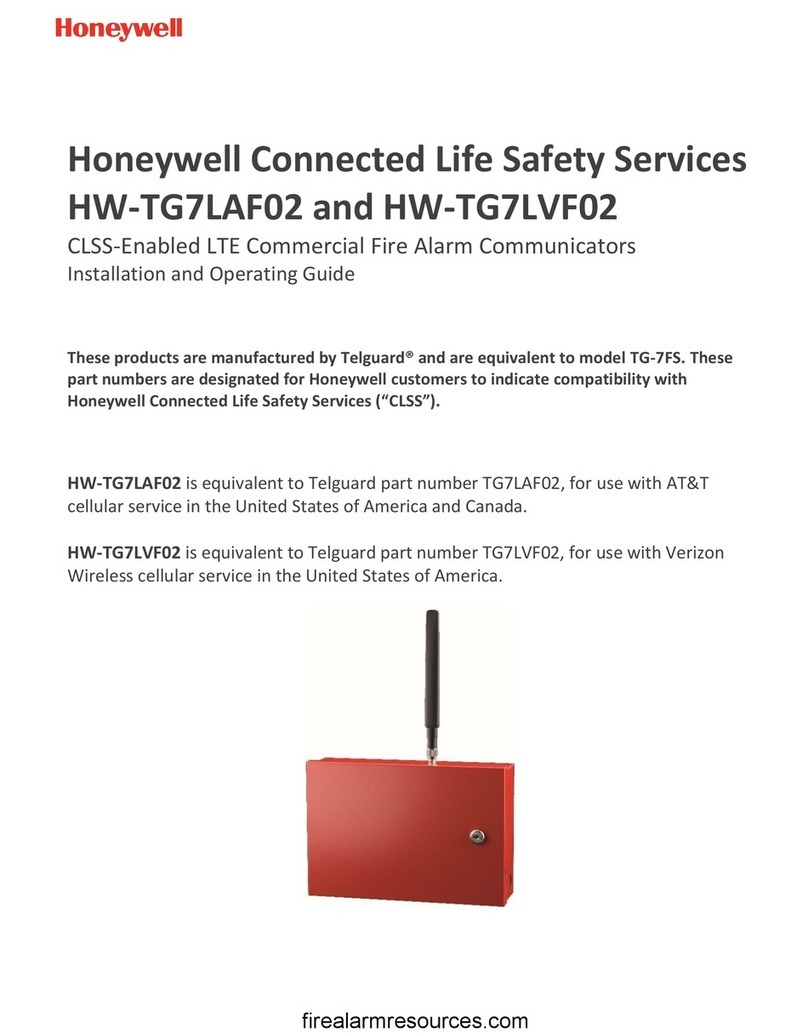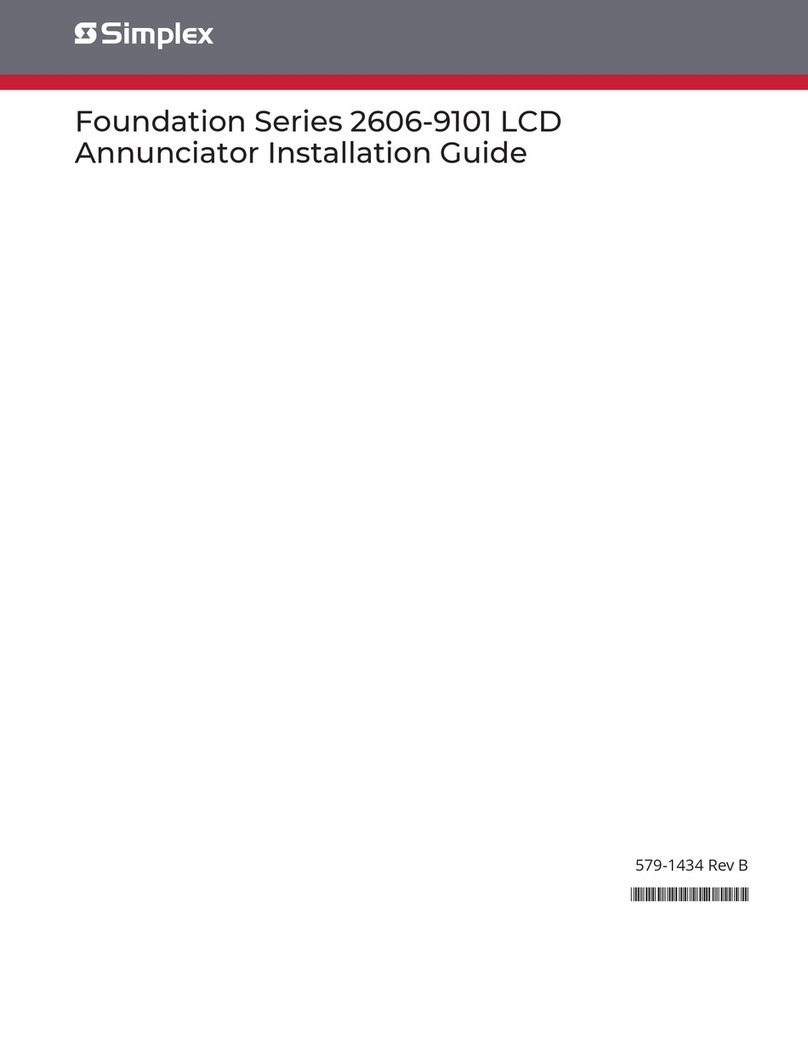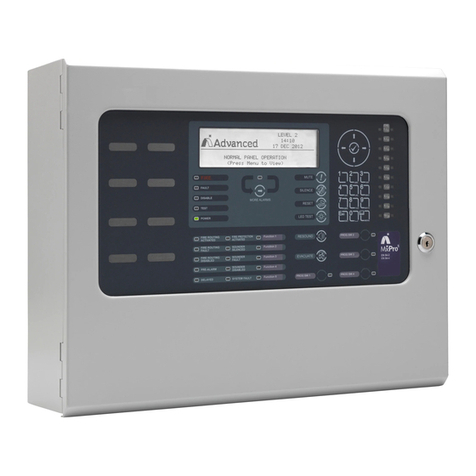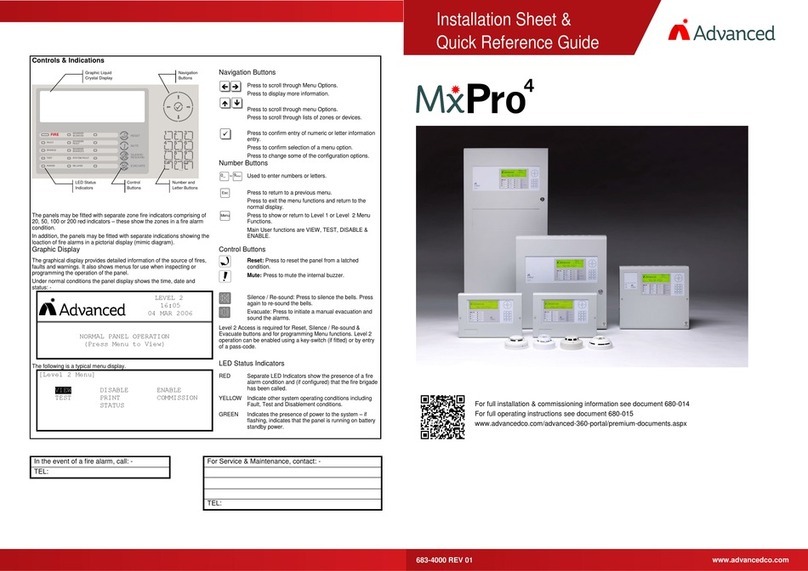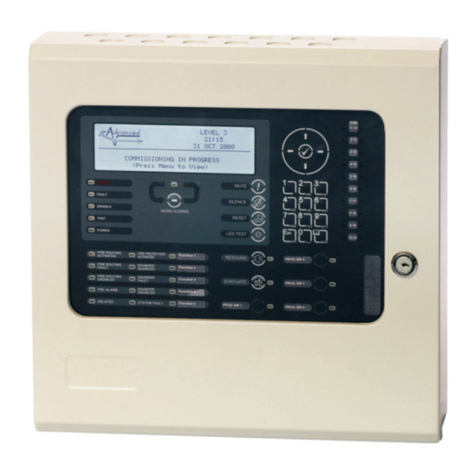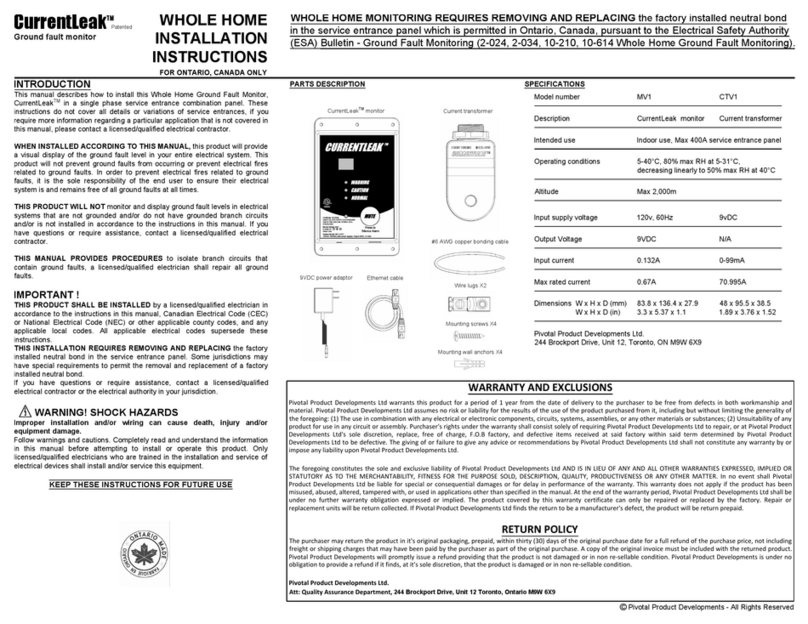
2.5.13.1 FAT / FBF Direct Connection ................................................................................................................35
2.5.13.2 FAT / FBF Redundant Connection........................................................................................................36
2.5.13.3 FSD Key Deposit Box Connection.........................................................................................................36
2.5.13.4 ÜE Fire Routing.....................................................................................................................................37
2.5.13.5 Fault Routing.........................................................................................................................................37
3PROGRAMMING......................................................................................................................................... 38
3.1 INTRODUCTION ...................................................................................................................................... 38
3.1.1 Access Levels................................................................................................................................. 38
3.1.2 Memory Lock................................................................................................................................... 38
3.1.3 Navigating through menus.............................................................................................................. 38
3.1.4 Changing Text Descriptions............................................................................................................ 39
3.1.5 Numeric data entry.......................................................................................................................... 39
3.2 LEVEL 3MENU FUNCTIONS.................................................................................................................... 40
3.3RECOMMENDED PROGRAMMING PROCEDURE ......................................................................................... 41
3.3.1 Loops .............................................................................................................................................. 41
3.3.2 Loops –View/Edit ........................................................................................................................... 41
3.3.2.1 State......................................................................................................................................................41
3.3.2.2 Type ......................................................................................................................................................42
3.3.2.3 Value.....................................................................................................................................................42
3.3.2.4 Zone......................................................................................................................................................42
3.3.2.5 Device Text ...........................................................................................................................................42
3.3.2.6 Action ....................................................................................................................................................42
3.3.2.7 Sensitivity..............................................................................................................................................43
3.3.2.8 O/P Group.............................................................................................................................................45
3.3.2.9 Additional Info........................................................................................................................................45
3.3.2.10 Device Testing.......................................................................................................................................45
3.3.3 Loops –Auto Learn......................................................................................................................... 46
3.3.3.1 Normal Procedure / Initial learn.............................................................................................................46
3.3.3.2 Procedure if the Panel finds Devices Missing........................................................................................46
3.3.3.3 Procedure if the Panel finds Devices Added .........................................................................................46
3.3.3.4 Procedure if the Panel finds Devices Changed .....................................................................................47
3.3.4 Loop –Calibrate.............................................................................................................................. 47
3.3.5 Loop - History.................................................................................................................................. 47
3.3.6 Loop –Meter................................................................................................................................... 48
3.3.7Loop –Scope.................................................................................................................................. 48
3.3.8 Zones .............................................................................................................................................. 49
3.3.9 Exit .................................................................................................................................................. 49
3.3.10 Disable........................................................................................................................................ 49
3.3.11 Enable......................................................................................................................................... 49
3.3.12 View Options............................................................................................................................... 50
3.3.13 Passwords .................................................................................................................................. 50
3.3.14 Time and Date............................................................................................................................ 50
3.3.15 PC Config ................................................................................................................................... 50
3.3.16 EN54-13...................................................................................................................................... 51
3.3.17 Setup........................................................................................................................................... 51
3.3.17.1 Network.................................................................................................................................................51
3.3.17.2 Panel Zone............................................................................................................................................51
3.3.17.3 Service Number.....................................................................................................................................52
3.3.17.4 Service Due Date ..................................................................................................................................52
3.3.17.5 Trace Logging Mode..............................................................................................................................52
3.3.17.6 Detector Blinking ...................................................................................................................................52
3.3.17.7 Earth Fault Notification..........................................................................................................................53
3.3.17.8 Resound................................................................................................................................................53
3.3.17.9 Config Data ...........................................................................................................................................53
3.3.18 Display........................................................................................................................................ 54
3.3.19 Panel........................................................................................................................................... 54
3.3.19.1 AC Fail Delay ........................................................................................................................................55
3.3.20 Output Groups ............................................................................................................................ 56
3.3.20.1 Default Output Settings .........................................................................................................................56
3.3.20.2 Cause....................................................................................................................................................57
3.3.20.3 Style ......................................................................................................................................................58
3.3.20.4 Delay.....................................................................................................................................................58
3.3.20.5 Mode .....................................................................................................................................................58
3.3.20.6 Wait.......................................................................................................................................................58
3.3.20.7 Copying Output Settings to Multiple Zones ...........................................................................................58
www.acornfiresecurity.com
www.acornfiresecurity.com



















